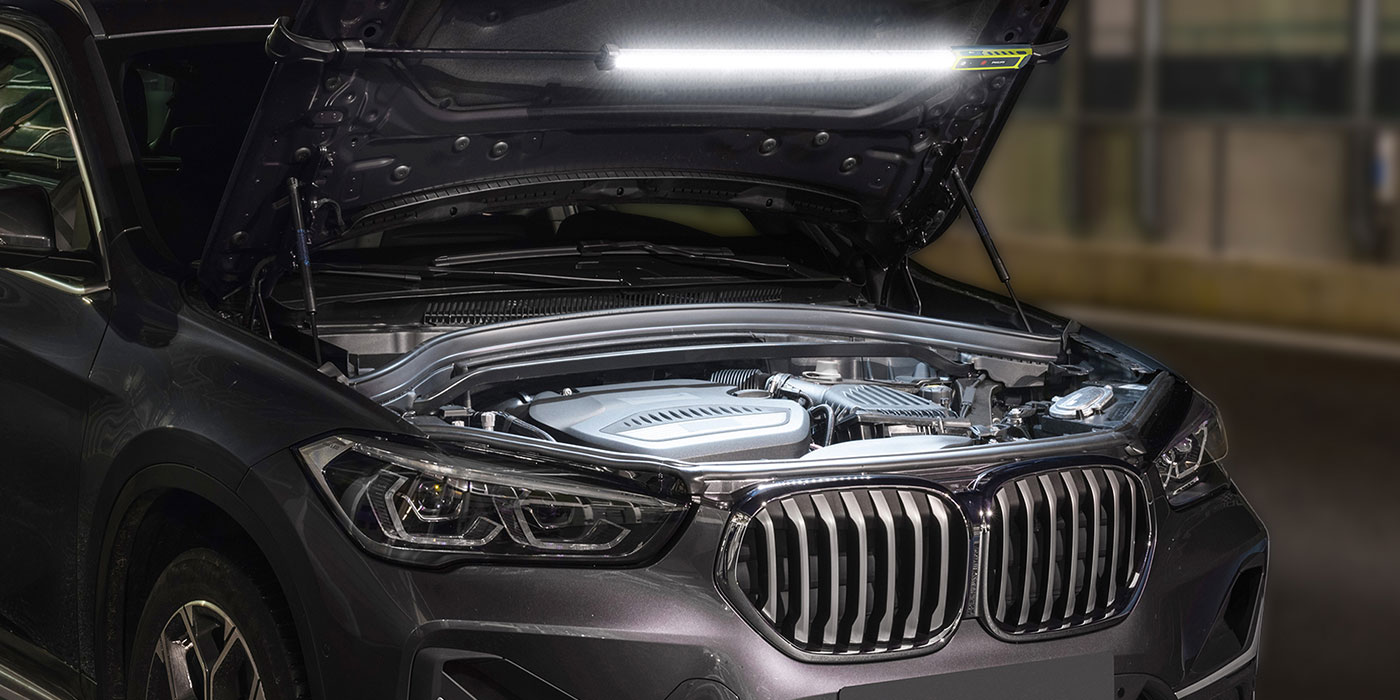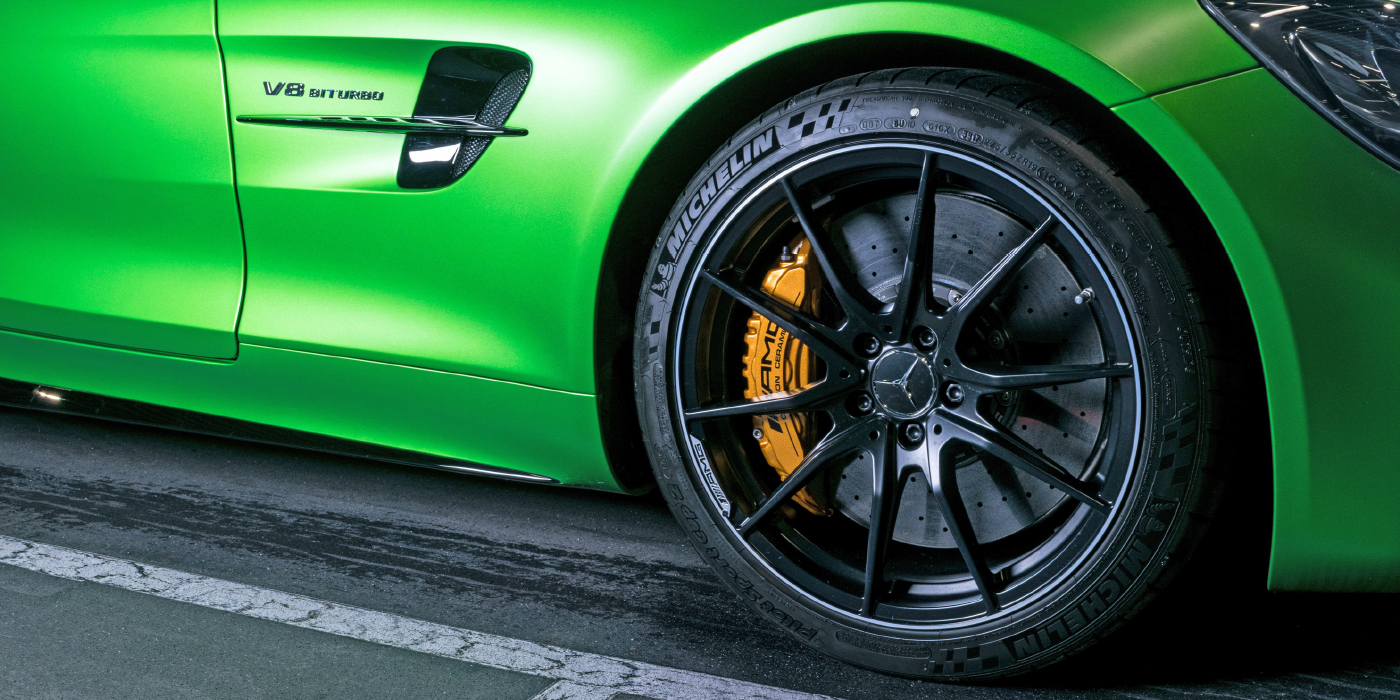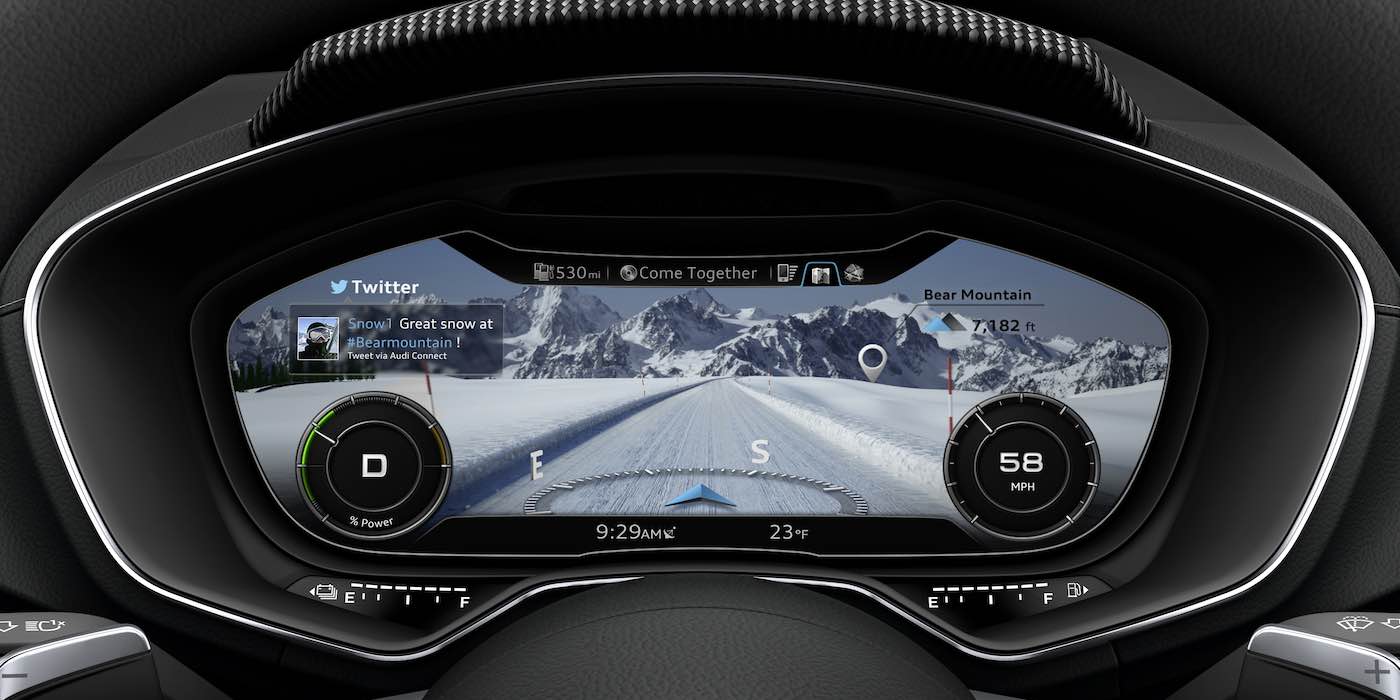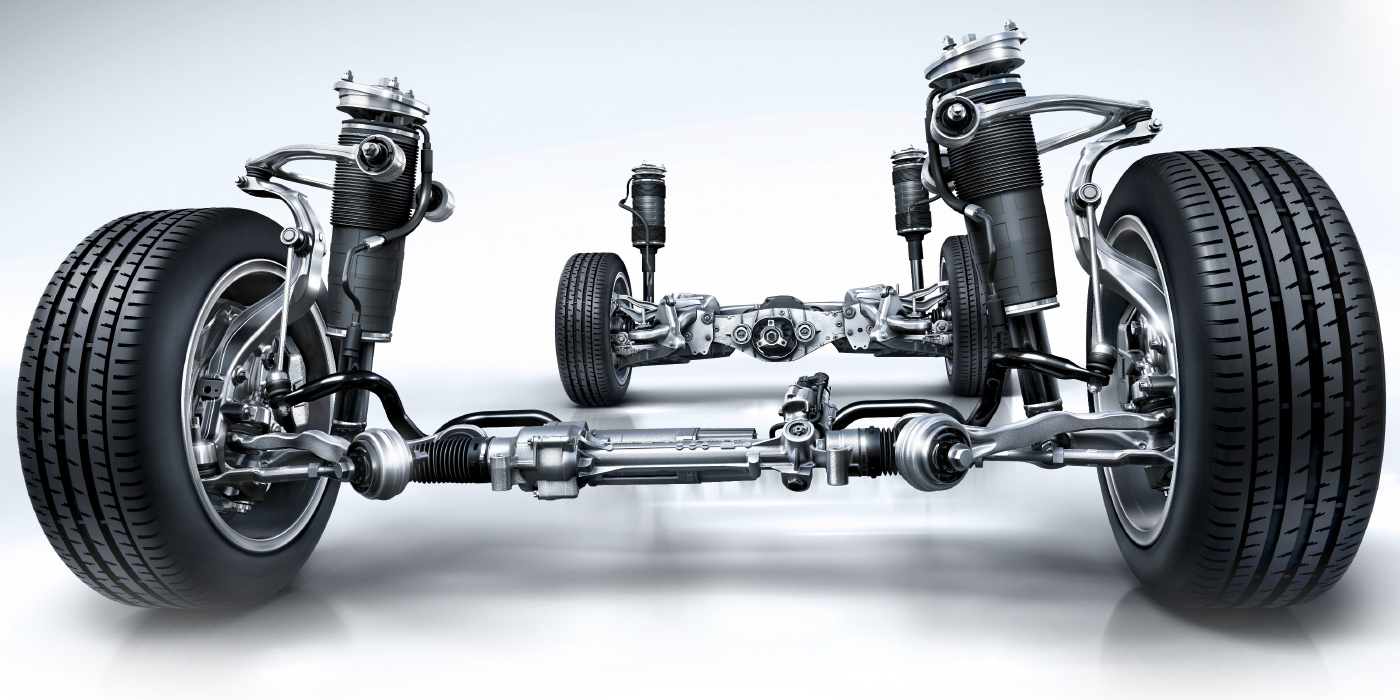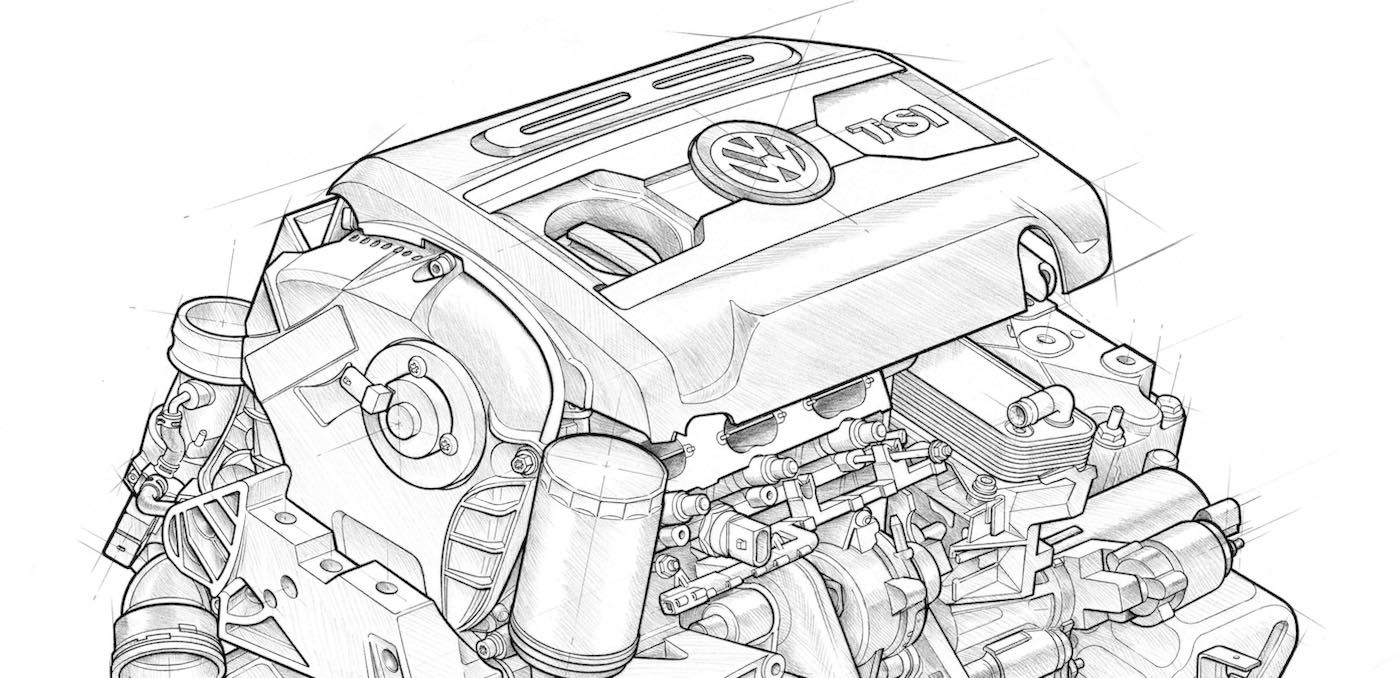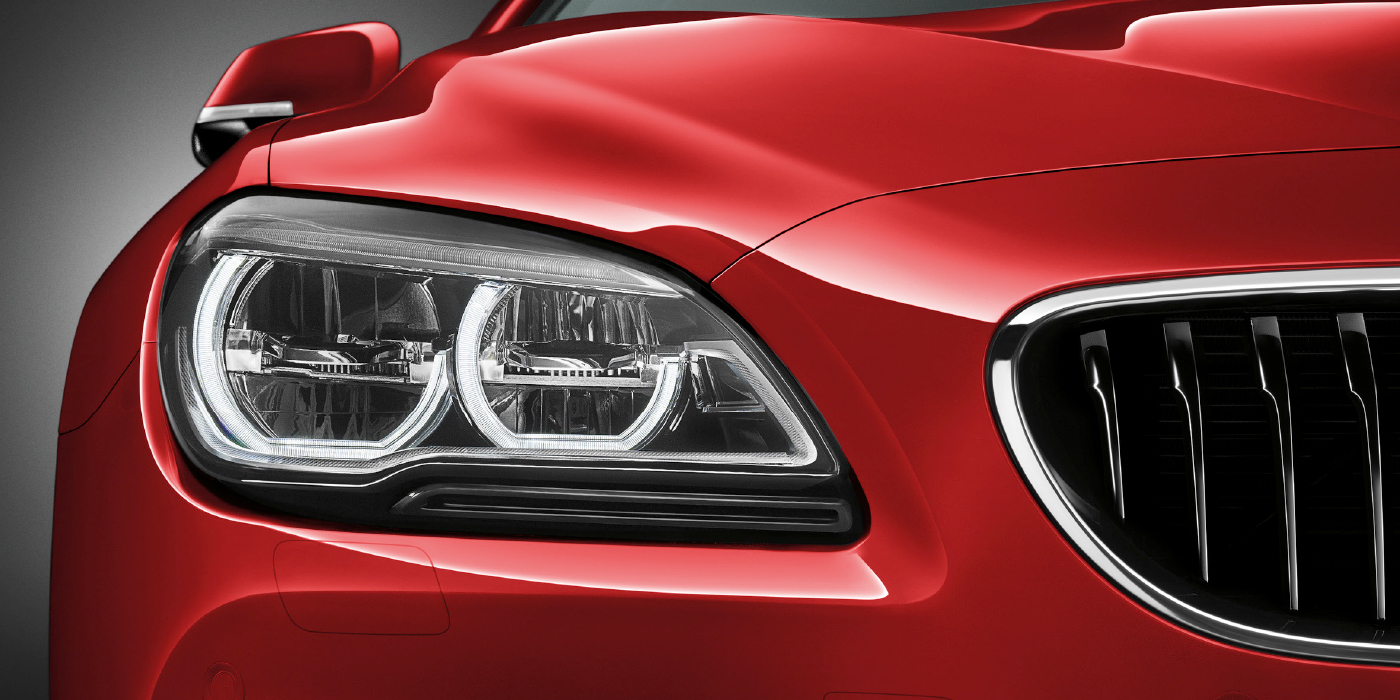Anyone who works on brakes should be familiar with basic hydraulics and the various components that make up the hydraulic portion of the brake system. So if you’re not as familiar with this subject as you should be, keep reading and we’ll refresh your memory.
We’ll start at the heart of the system, which is the master cylinder. It converts the force exerted on the brake pedal by the vehicle’s driver into hydraulic pressure to apply the brakes. Depressing the brake pedal moves a push rod in the master cylinder. Mounted on the push rod are a pair of pistons (primary and secondary) in tandem (one after the other) to push against the fluid in the master cylinder bore. This creates pressure that displaces fluid since it’s incompressible. As fluid is pushed from the master cylinder, it exerts pressure through the brake lines to apply each of the brakes.
When the brake pedal is released, the spring-loaded piston assembly in the master cylinder returns to its rest position. The fluid that was displaced by the pistons is pushed back to the master cylinder as the disc brake pads kick out away from the rotors, and the springs inside the drums retract the brake shoes. The fluid returns to the fluid reservoir through the “compensating ports,” which are small openings between the master cylinder bore and fluid reservoir just ahead of each of the pistons.
Master cylinders are divided into two separate hydraulic circuits, with each having its own fluid reservoir and piston. It’s a safety requirement so that if a leak occurs in one circuit, it won’t affect the other circuit, leaving at least two brakes operational to stop the vehicle. With most rear-wheel-drive (RWD) vehicles, the hydraulic system is divided front to rear with one circuit for the front brakes and a second circuit for the rear brakes. On many front-wheel-drive (FWD) cars, the brake system is split diagonally. The left front and right rear brakes share one circuit, while the right front and left rear brakes share the other.
The most common problems that occur in the master cylinder is wear in the piston bore and piston seal failure. The classic symptom of a failing master cylinder is a brake pedal that slowly sinks while pressure is held against the pedal. The cure is to replace the master cylinder.
BRAKE LINES & HOSE
The arteries of the brake system are the steel lines and flexible rubber hose that route hydraulic pressure to each brake when the driver steps on the brake pedal. The lines and hose must withstand pressures that can range from a few hundred pounds per square inch up to almost 2,000 psi! If a line or hose can’t take the pressure and blows, all braking ability in the affected brake circuit will be lost.
A slow leak in a brake line or hose is almost as bad as a sudden failure because, over time, enough fluid may be lost to allow air to enter the hydraulic system. Air in the fluid is bad because air is compressible. This increases the amount of pedal travel that’s necessary to apply the brakes, and may increase it to the point where the pedal hits the floor before the brakes apply.
The first indication of a leak in a brake line or hose may be a low fluid level in the master cylinder reservoir. Other clues may include wet spots on the driveway, dampness on the back of a drum brake, or a brake warning light that comes on. If a leak is suspected, the entire brake system should be inspected to find the leak.
The most likely leak points are the brake calipers, wheel cylinders and rubber brake hoses, though steel lines can also rust through and leak. Rubber brake hoses also need to be inspected for age cracks, bulges, swelling or other damage that would indicate a need for replacement. Rubber hoses have an expansion-resistant inner lining that should not give under pressure. If the inner liner leaks, fluid will force its way under the outer liner causing a bubble or blister to appear when the brakes are applied.
Although it doesn’t happen very often, sometimes internal damage or deterioration in a rubber hose allows a small flap of material to lift up and plug the line. This prevents brake pressure from reaching the wheel, causing a brake pull when the brakes are applied.
The same thing can also happen to steel brake lines. Debris in the brake fluid, or a crushed or kinked line, can block the passage of hydraulic pressure to the brakes. In some cases, pressure will get through, but when the brakes are released, the blockage prevents pressure from releasing back to the master cylinder causing the brake to drag.
Replacement hose must be the same length as the original, with the same type of end fittings. A hose that is too long may rub against a suspension component or other parts, while a hose that’s too short may be stretched and damaged when turning or by excessive suspension travel.

